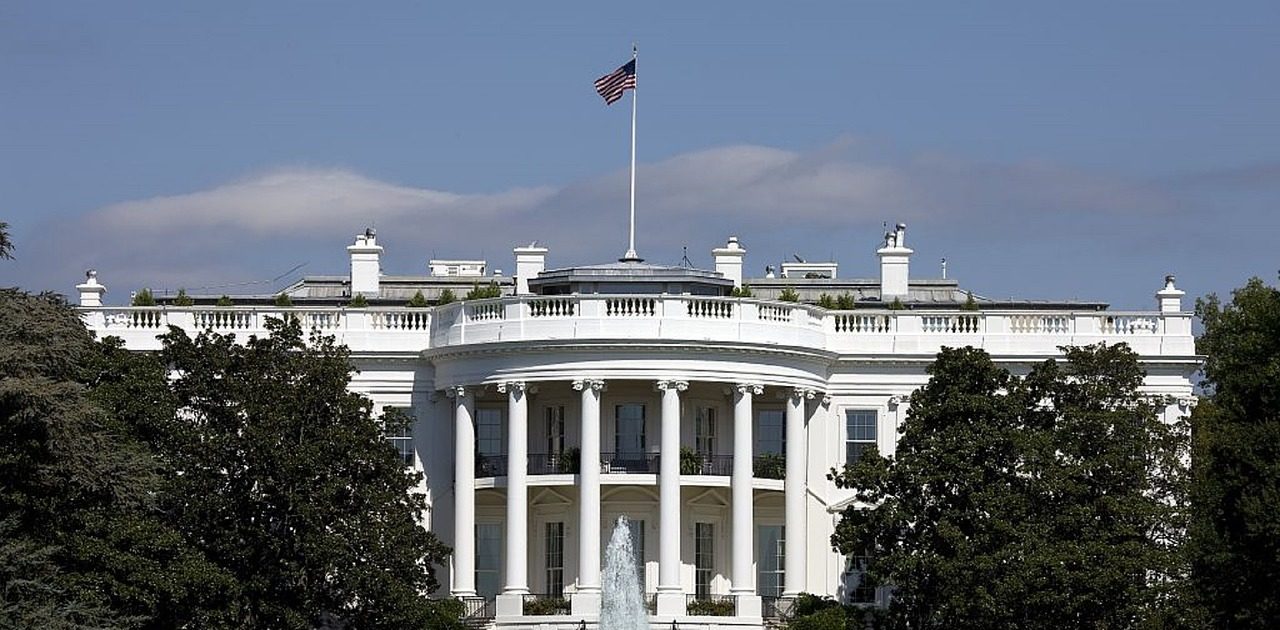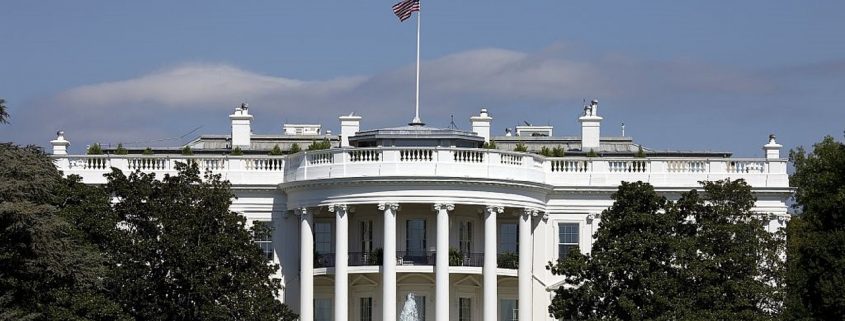New OT Rule Raises Question: Why Not Farmworkers?

From the Desk of the Executive Director
Daniel J. Sheehan
AFOP Executive Director
The Center for Budget and Policy Priorities (CBPP) recently praised the Obama Administration’s new rule making millions of workers eligible for overtime pay as the president’s “most significant action on behalf of middle-class paychecks.” The rule boosts the threshold salary level under which salaried employees must be paid overtime (OT) from $23,660 a year to $47,476. Regrettably, though, and as the Association of Farmworker Opportunity Programs (AFOP) is quick to point out, the Nation’s farmworkers are once again left out of needed reform. The only unanswered question remains “Why?”
According to the CBPP, the new rule will directly affect 4.2 million workers. The Department of Labor says that is the number of salaried workers newly eligible for overtime pay. That is, their weekly salary stands between the current and the new threshold, between $455 and $913. CBPP argues that not everyone in that range will end up working overtime — though about 20 percent regularly do so — but if they do, they will now be eligible for the OT premium.
The Department of Labor also believes the new rule will also indirectly affect 8.9 million workers. These are also workers who earn between the old and the new thresholds, but the difference between them and the directly affected group is that these workers should already be getting overtime pay, but are not. The rules state that when someone’s duties at work are such that they are not bona fide exempt workers, they should be covered by OT. These workers tend to really not manage or supervise other workers — they are not recognizable as executives, professionals, or administrators — and thus should be non-exempt. Now, because their pay is under the new threshold, there should be no more ambiguity about their coverage status. That is about 8.5 percent of employment, affected directly or indirectly, says CBPP.
The Center concludes its analysis that the Administration’s action is a progressive change that was a long-time coming, one that will deliver a boost in pay to some workers and relief from unpaid overwork for others. It will transfer a relatively small amount of the nation’s wage bill from employers to workers, and in doing so, restore the purpose of a labor standard that is as important now as it was when it was first introduced in the 1930s.
But behind all the headlines is a strange fact about the U.S. job market that the new rule largely left unchanged: a huge list of American jobs are specifically exempt from overtime, most notably in AFOP’s case farmworkers. The Politico newspaper has reported that the administration’s overtime regulation estimates that up to 4.5 million workers fall into this category, including up to 900,000 in agriculture work.
According to Politico, some jobs are exempt for obscure reasons dating back to the 1930s, but there’s one big shift that has left some workers out in the cold. Decades ago, legal protections for many of them seemed less important—even undesirable—because they had the backing of powerful labor unions to negotiate wages and safe working conditions on their behalf. The decline of unions, however, has left such workers unprotected in the modern labor force, covered neither by the law nor by a strong union contract.
The overtime exemptions are as old as the underlying Fair Labor Standards Act of 1938 (FLSA). A host of political compromises left some workers out of the overtime requirement. Historians generally attribute the exemption for farmworkers to considerations based on race and the need to get the support of Southern lawmakers.
For other occupations, though, the exemptions have a more surprising origin: labor unions did not want those workers covered. Politico reports that many labor leaders worried the FLSA would limit their ability to collectively bargain with employers. For that reason, many heavily unionized industries, like trucking, are exempt from overtime regulations to this day; in the 1930s, the drivers just did not need the labor protections because their union was very strong.
When the FSLA was passed in 1938, 29 percent of all non-agricultural workers were in a union. That number peaked in 1954 at 34.7 percent. But today, it has plunged—just 7.5 percent of non-farm employees were unionized in 2015. Yet, the carve-outs remain, leaving millions of workers unprotected either by unions, or by federal overtime law.
The exemptions for the industries specifically mentioned in the FLSA—even for outdated reasons—are not something President Obama has the power to fix. They are written into the law, and Congress must act to change the statute, something it shows little appetite to do. State and local governments have attempted to fill some of these holes with labor regulations of their own, but many workers can still fall between the cracks, especially in states with weak labor laws.
The new overtime rule comes amid a broader debate about the future of the labor market, as more and more workers are classified as independent contractors. Under that classification, workers not only do not qualify under overtime and minimum wage laws, they also do not receive benefits like health insurance, pay into worker’s compensation and unemployment insurance, and are not covered my most anti-discrimination statutes.
Policymakers are grappling with how to ensure workers are protected in this changing work environment. Some have proposed a portable benefit package that accrues based on hours worked without ties to a singular employer. Two former Obama administration officials suggested a third worker classification may be needed for workers whose jobs do not fit neatly as either a traditional employee or independent contractor.
Politico contends that the future of overtime is intricately tied into these ideas, especially if the number of independent contractors continues to grow. The president’s new rule is a reminder that the labor laws of the 1930s may need a much deeper updating in the years ahead.
Readers can find TEN 36-15 — Department of Labor Wage & Hour Division (WHD) Overtime Final Rule – in the ETA Advisory database and at: http://wdr.doleta.gov/directives/corr_doc.cfm?DOCN=9467

